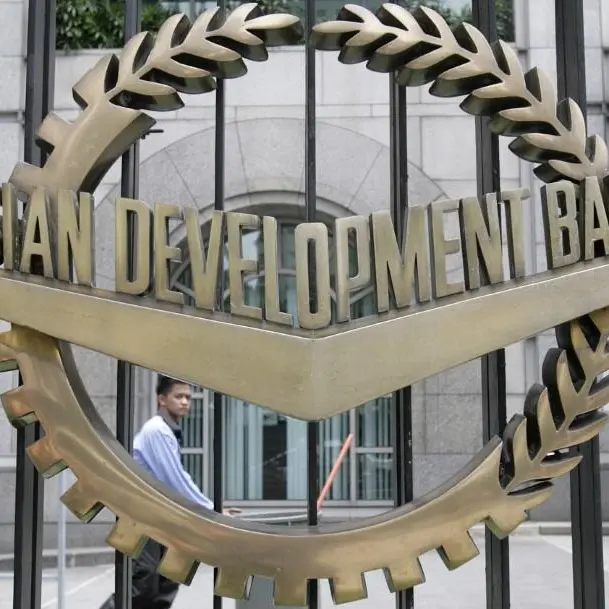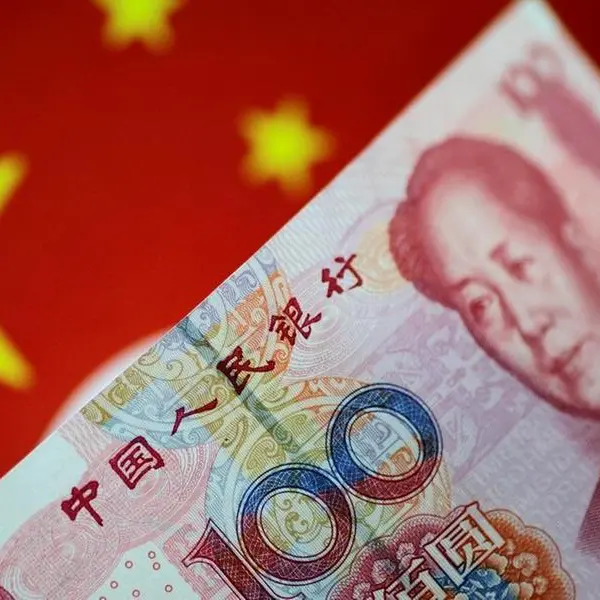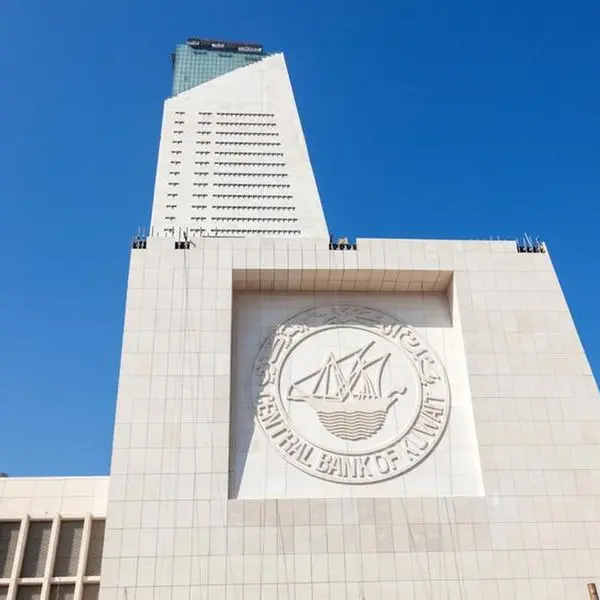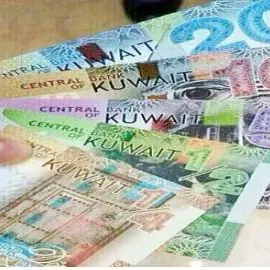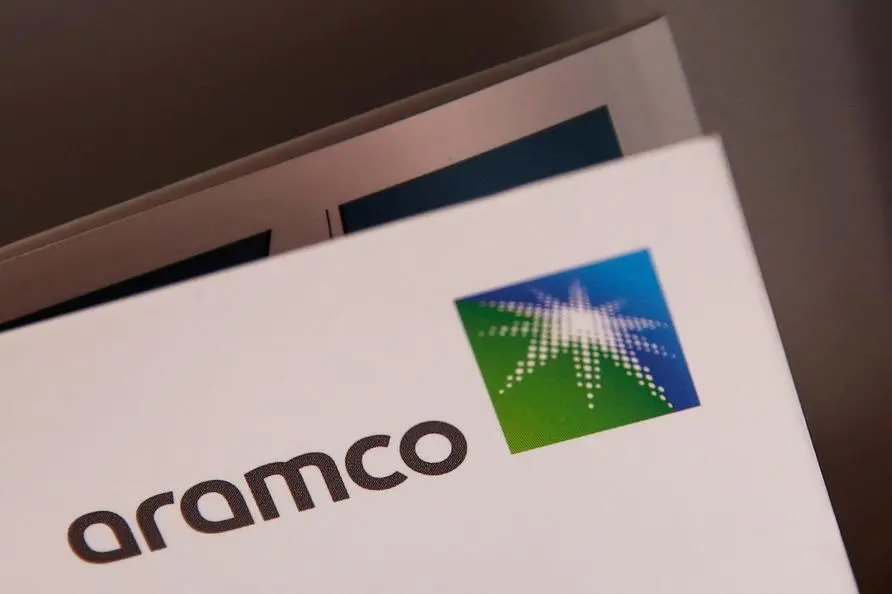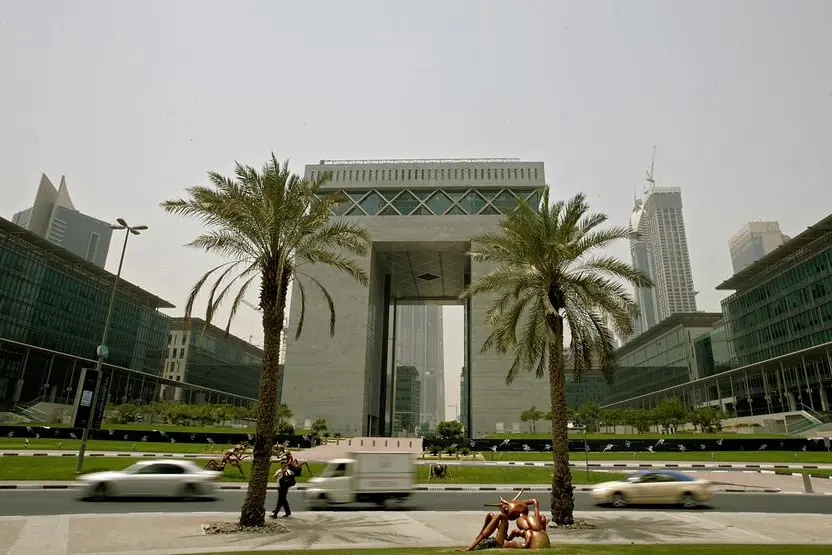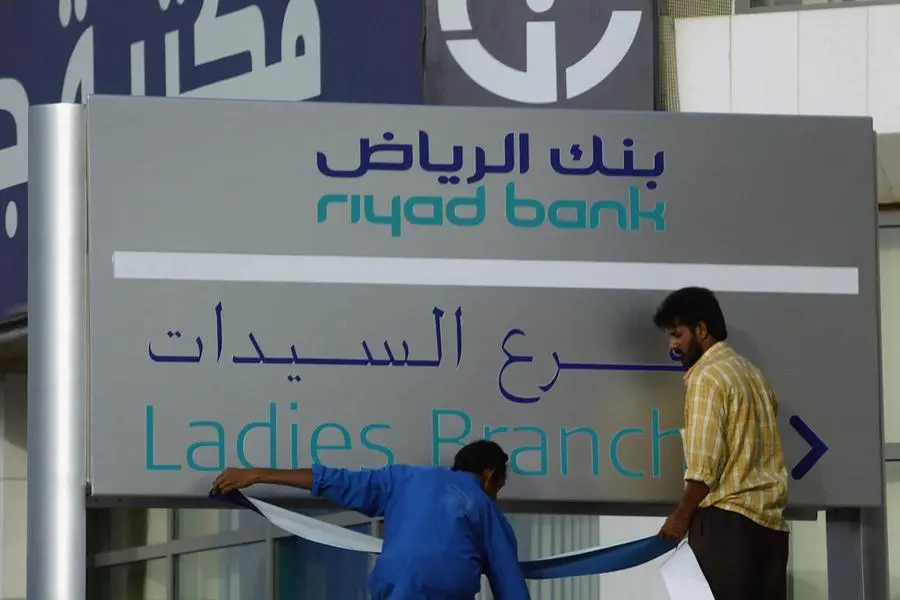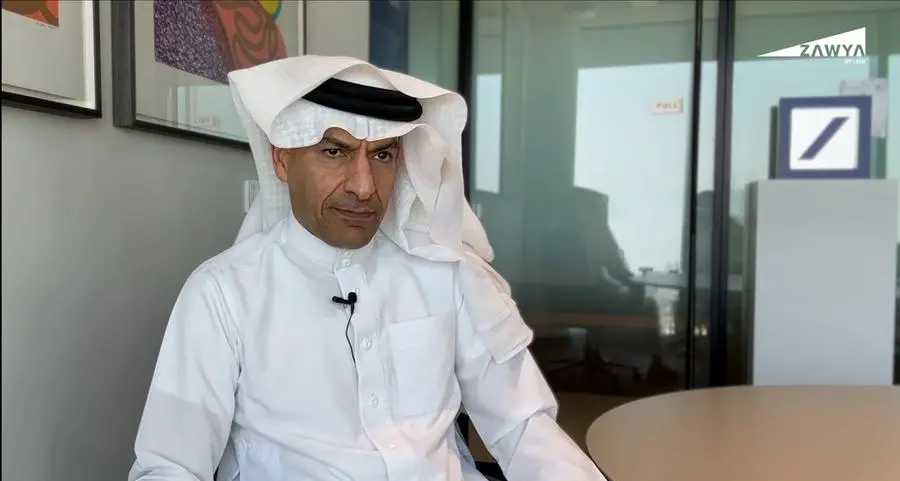PHOTO
Banks in major GCC economies will see a slowdown in credit growth, owing to higher interest rates and OPEC oil production cuts, according to a new report.
Banks in the UAE will prove more resilient in the face of market challenges, benefiting from a robust non-oil GDP growth, said market intelligence firm S&P Global, adding that this would mitigate the negative effect of higher interest rates on credit growth.
Credit growth in UAE banks will rise to 7% in 2023, compared to the 5% in 2022, however, a long period of higher interest rates and the slowdown of the oil economy could pose challenges, the report added.
The UAE’s non-oil GDP is forecasted to reach 6% in 2023, which, in combination with recoveries from provisions booked in the past two years, will reduce credit costs incurred by banks in 2023, compared to the previous year.
GCC credit growth
Credit growth for banks in Kuwait will also see the effects of high interest rates, dropping to 3% in 2023, compared with the 8% in 2022.
Interest rates will also soften lending across Saudi banks, which will experience total lending growth of 10% in 2023, a drop from 14% the previous year. Vision 2030-related projects will also keep credit growth in Saudi Arabia banks well above the GCC average rate of 4% in 2023, but funding risk will be one of the main challenges for the Saudi banking sector.
The Saudi government continued to inject deposits into the system to help banks finance their growth, but lower oil prices as a result of the kingdom and Russia extending their voluntary oil production cuts through the end of this year, saw government deposits at the country’s central bank decreasing.
The 2022 FIFA World Cup effect will trigger a sharper decline in credit growth in Qatari banks, when compared to their GCC peers, largely due to the country’s main infrastructure projects, which are a key driver for credit demand through contractors, were completed in time for the tournament.
Banks in Qatar will also experience a weakened asset quality metrics due to sluggish demand in the rental real estate market, the report added. In addition, weaker foreign lending exposures will contribute to loan loss charges for Qatari banks.
Even though credit costs in the GCC region, with the exception of the UAE, will increase, the report forecasts that GCC banks’ return on assets (ROA) will improve in 2023, mainly due to higher margins and still satisfactory lending growth across some countries in the region.
(Writing by Bindu Rai, editing by Daniel Luiz)


